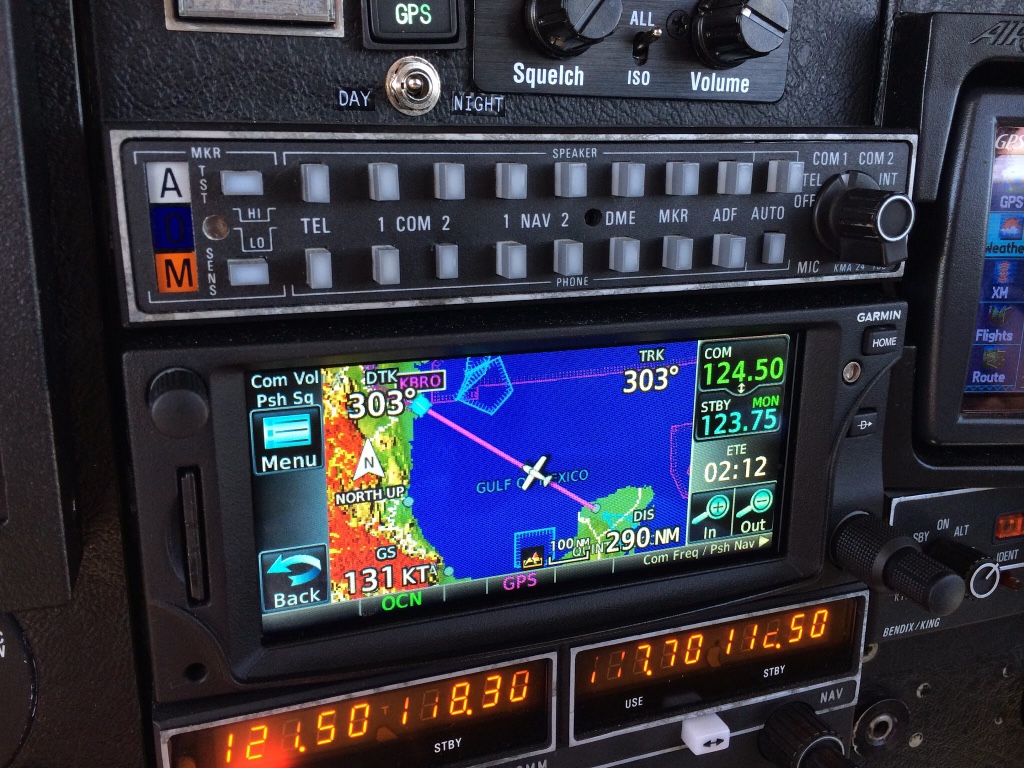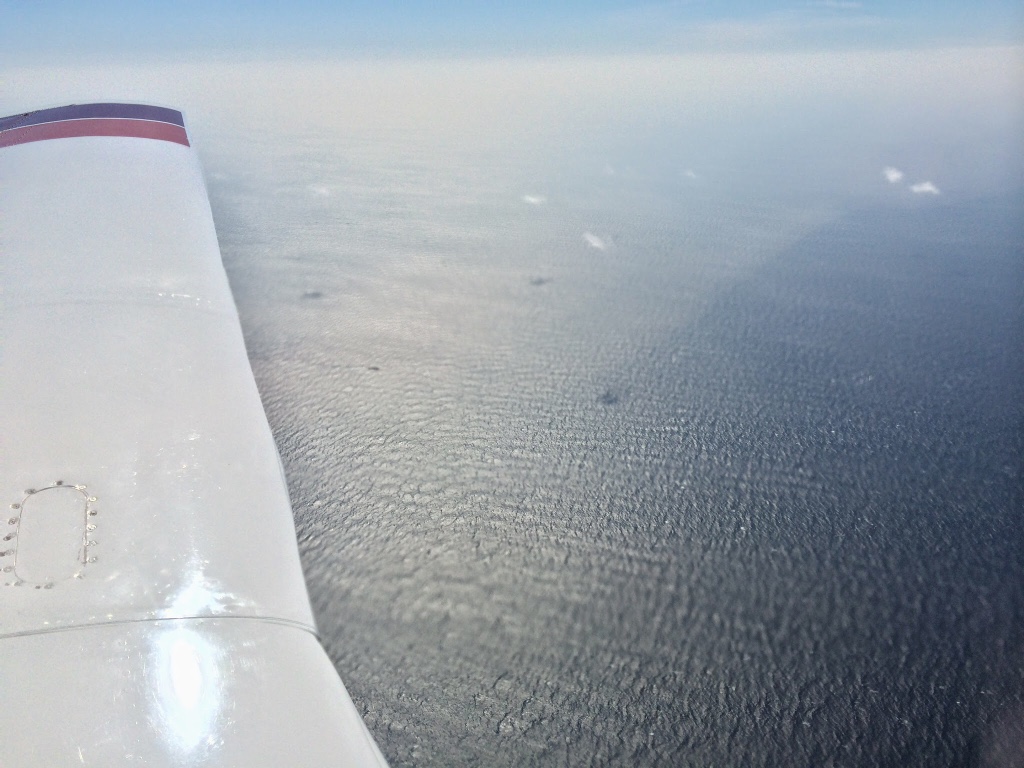steingar
Taxi to Parking
Bold. And if the fan stops midway over on a cold overflight do you ditch it and suffer hypothermic drowning or do you nosedive it in to end things quickly?
Probably ditch. You are almost certainly going to die, but there's always the outside chance of rescue. Could be someone's helicopter was nearby for an unrelated reason. You might even spot a boat on the way down.
Do you do this with passengers?
I have, and he understood the risk.





 Stay above O5OAGL unless you want bullet holes in your junk.
Stay above O5OAGL unless you want bullet holes in your junk.